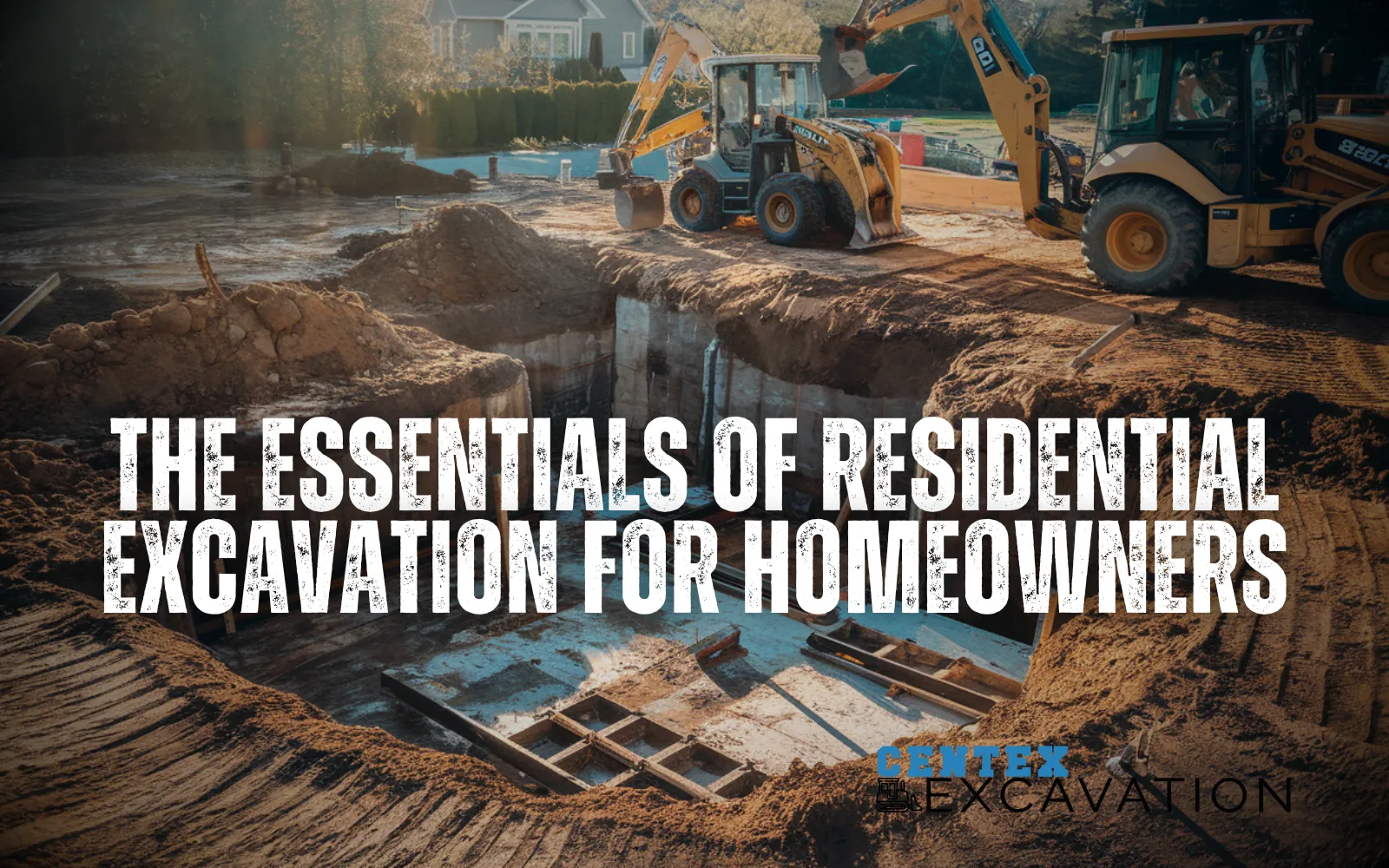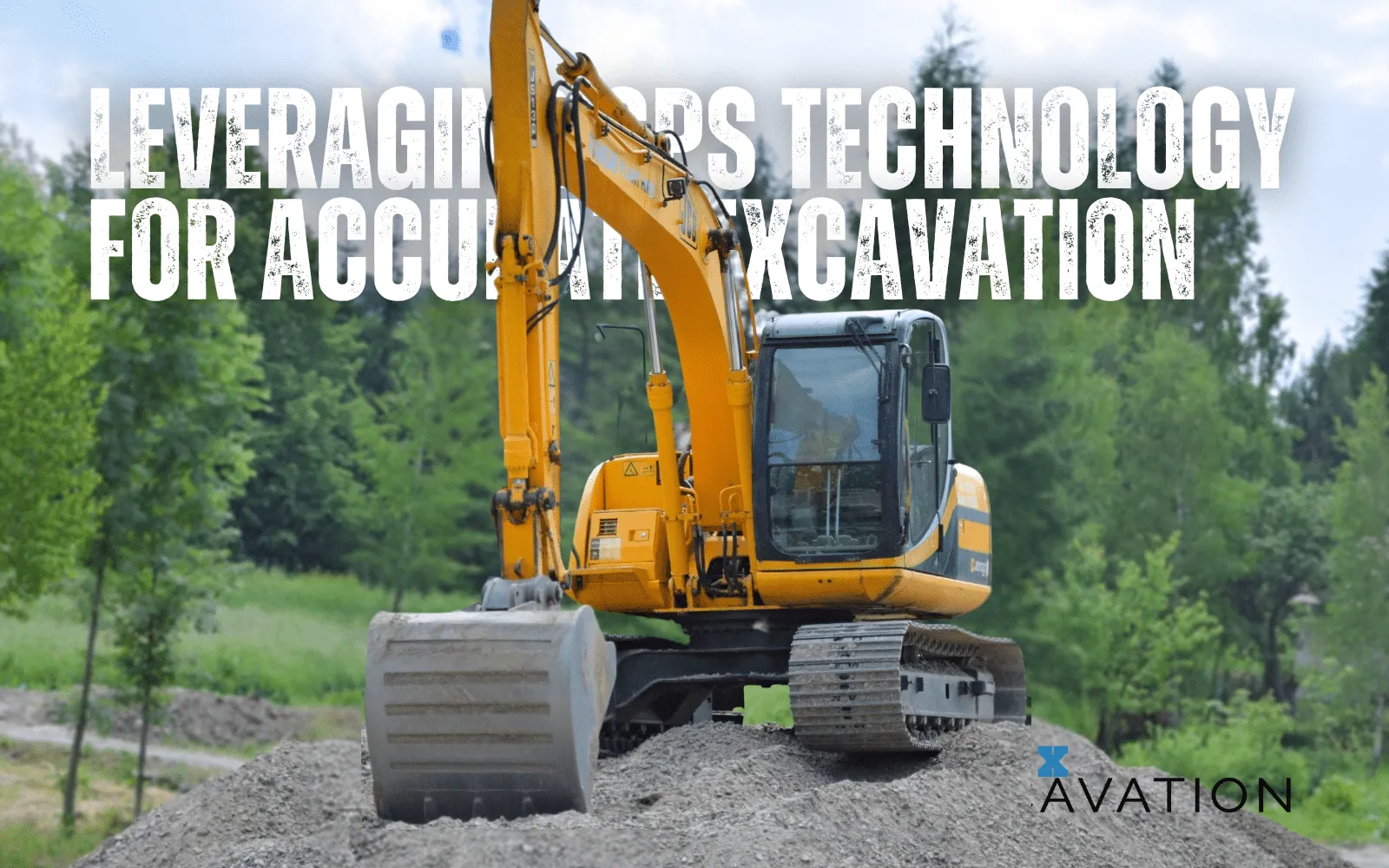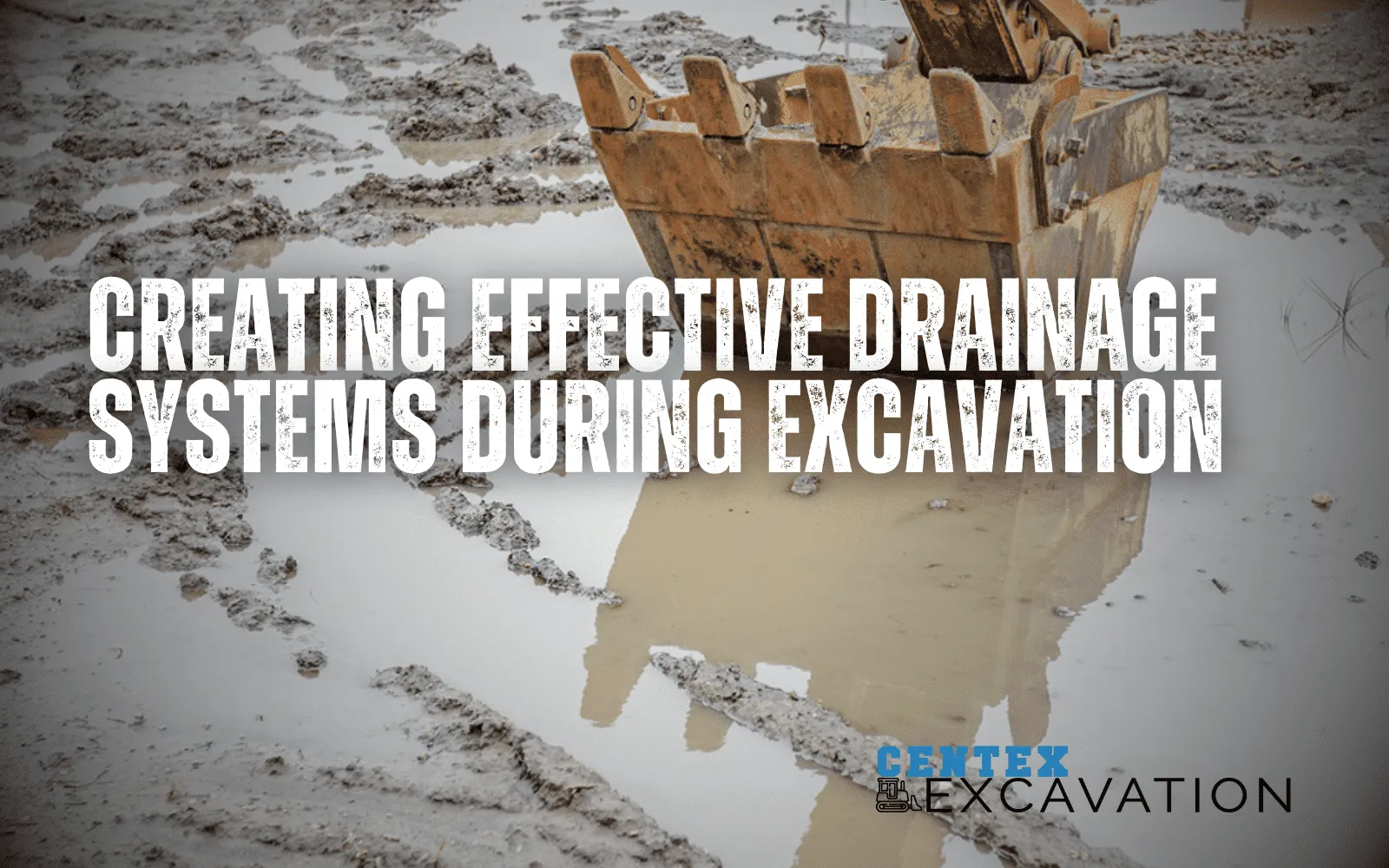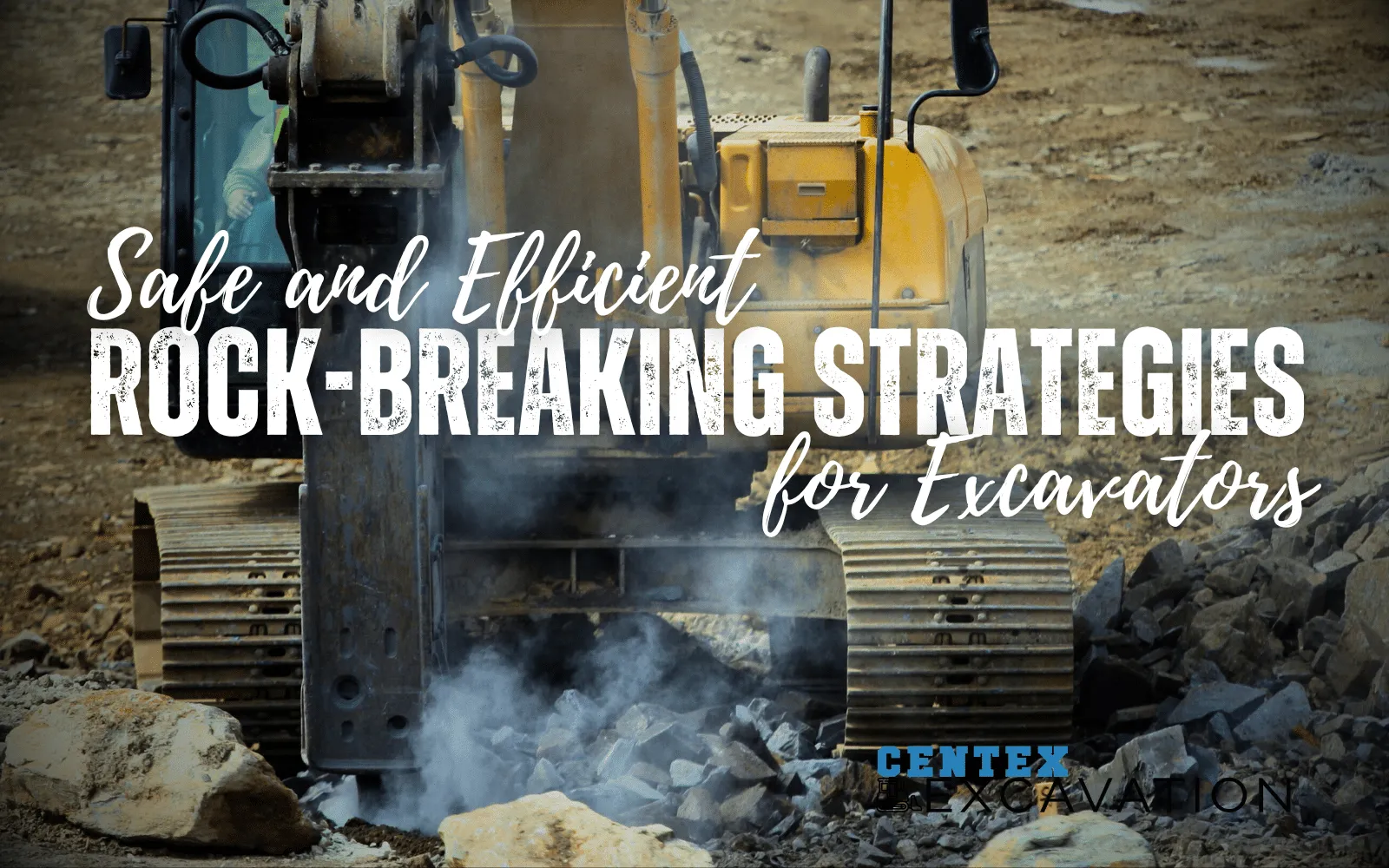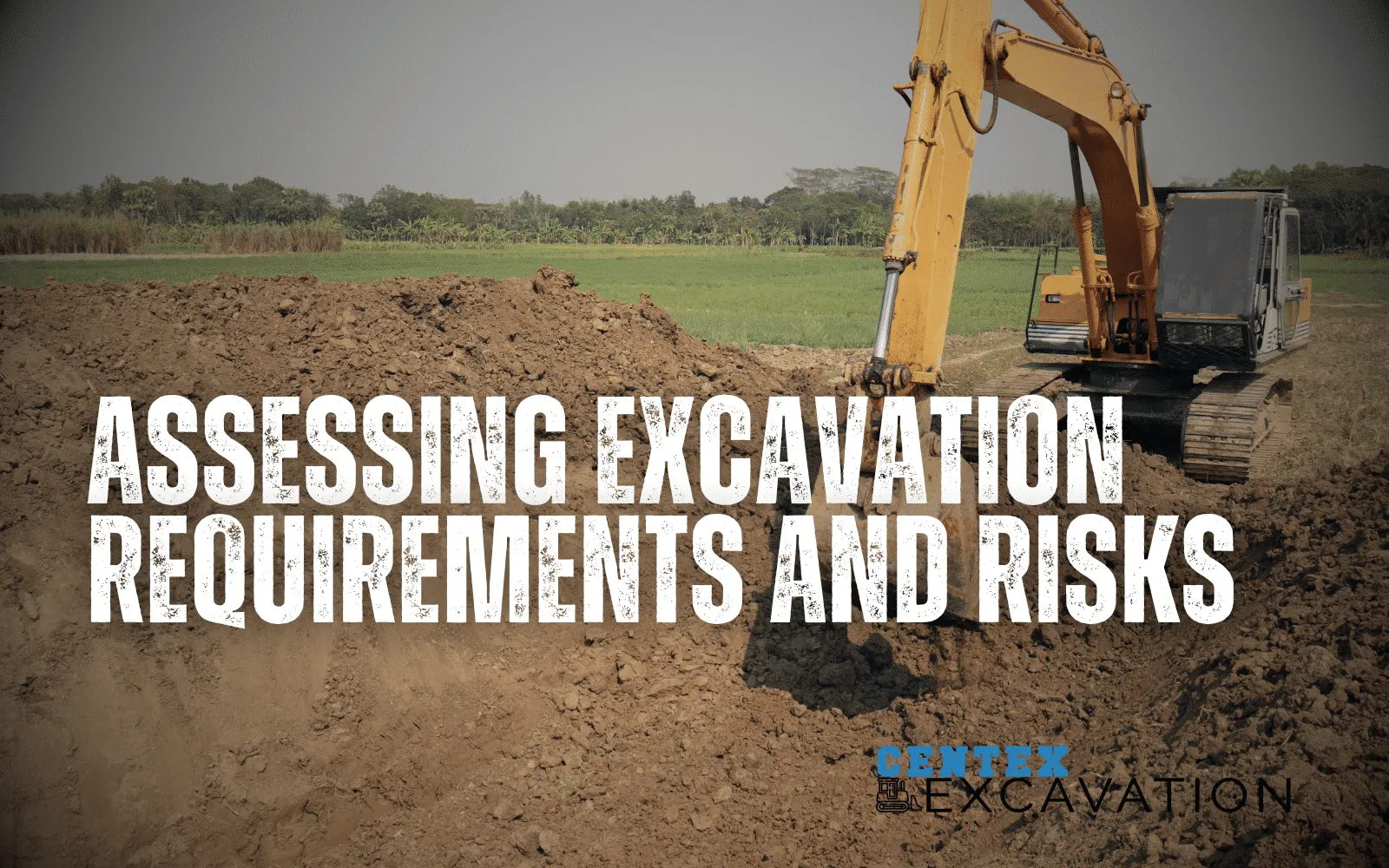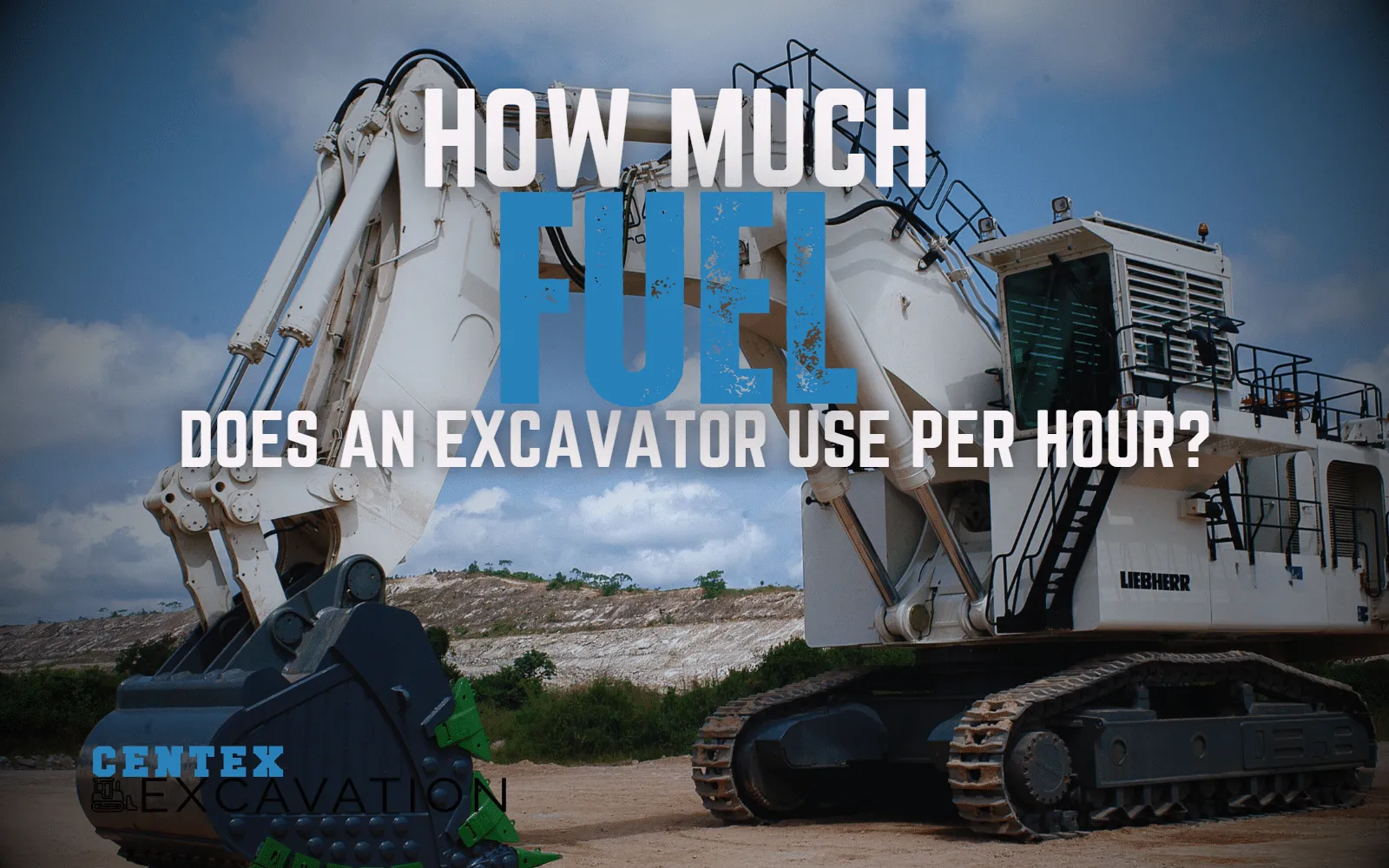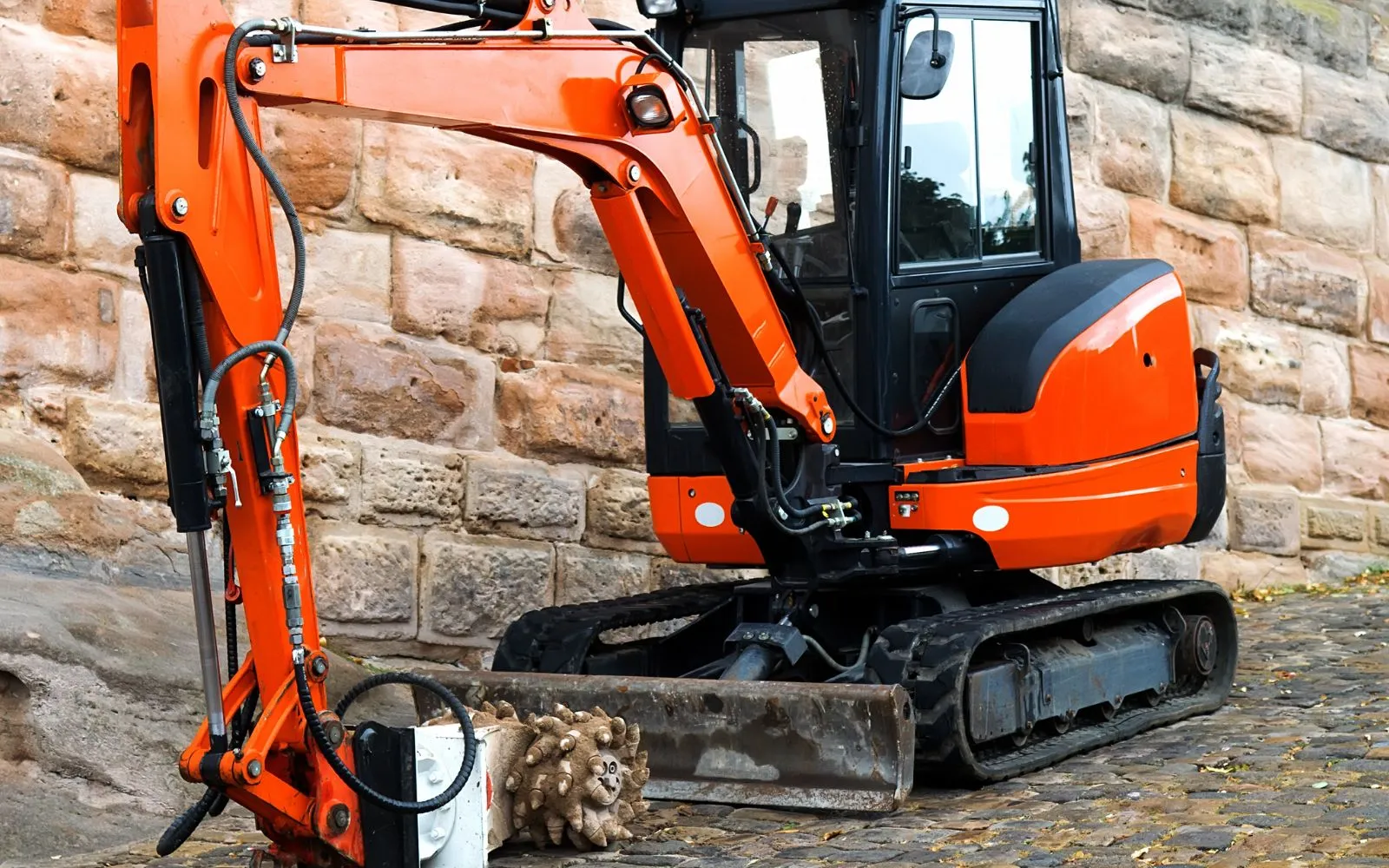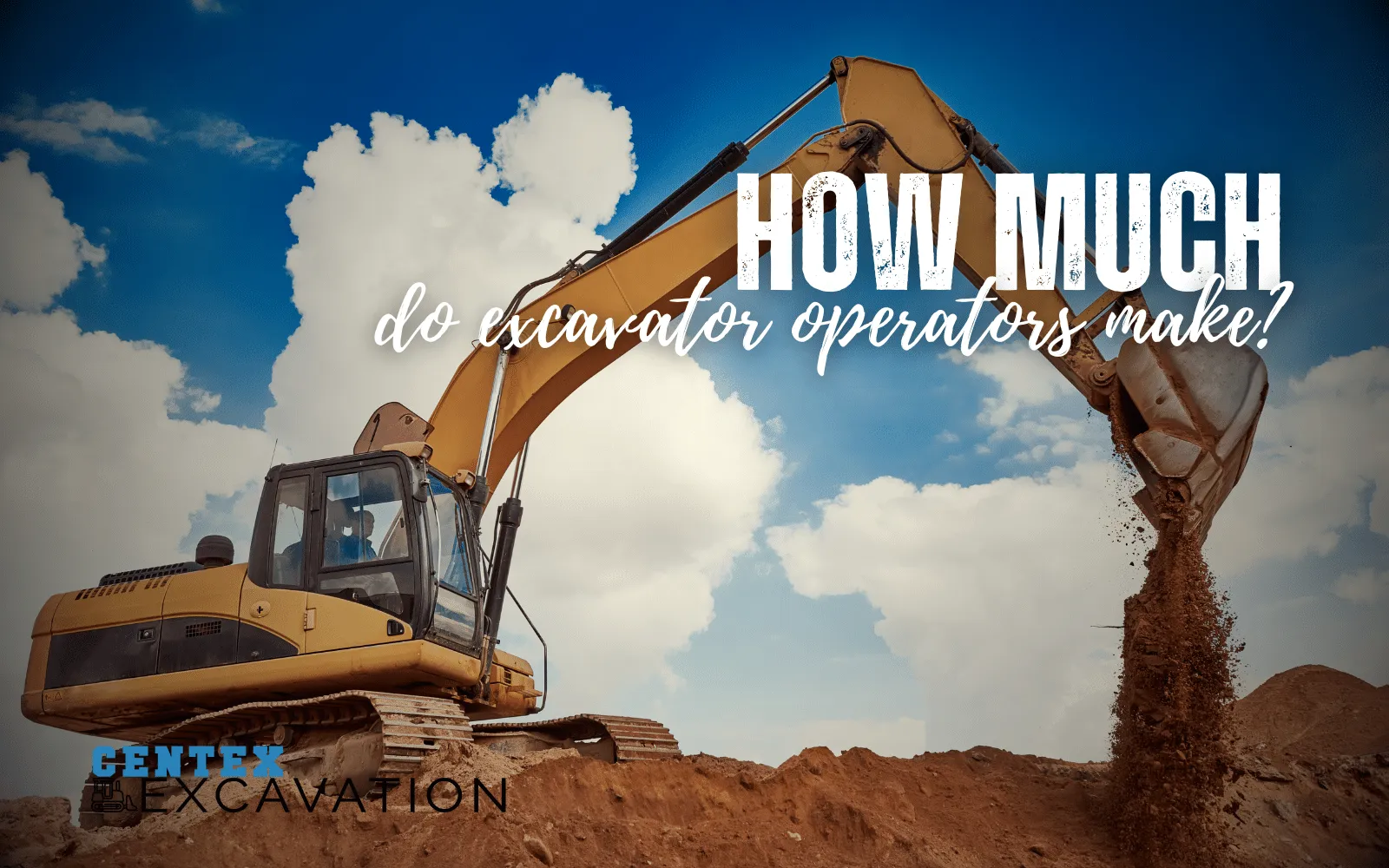Master the Proper Way Chain-Down Excavator with These Pro Tips

- Safety and Damage Prevention: Properly chaining down an excavator reduces the risk of accidents and injuries, prevents damage to equipment and roads, and maintains balance during transit.
- Choosing the Right Tie-Downs: It's crucial to use the appropriate tie-downs for securing heavy equipment, with binder chains and ratchet binders being the most effective for heavy loads like excavators.
- Pre-Transport Inspection: Conducting a thorough pre-transport inspection, including checking the trailer, equipment, straps, and chains, ensures the excavator is securely fastened and safe for transportation.
Transporting heavy equipment, like an excavator, requires careful planning, managing, and securement. This means ensuring you chain down your excavator the proper way so that your load is securely fastened to the trailer and won't move during transit.
It's important to pay attention to each tie-downs working load limit, and to use binder chains when hauling something heavier, like an excavator.
If you've never hauled heavy equipment and wondering what is the proper way to chain down your excavator, we've got some excellent tips and advice developed from years of experience hauling equipment.
Understanding the importance of properly chaining down your excavator.
When you're heading out to the job site with your excavator in tow, it's essential to properly secure it to the trailer. If you drive down a bumpy road or take a sharp turn, the excavator could easily slip off the trailer and cause significant damage to itself, other vehicles, or even people in its vicinity.
By properly chaining down your excavator with chains and ratchets, you can make sure that your machine gets to your worksite safely.
When we look at the potential risks with an improperly tied down piece of equipment, we really see four critical areas—
- Reduces the risk of accidents and injuries.
- Prevents damage to equipment, property, and roads.
- Increases fuel efficiency.
- Maintains balance while traveling over uneven terrain.
Reduces the risk of accidents and injuries.
The first critical area is reducing the risk of accidents and injuries. If your excavator is not secured properly, it could easily slip off the trailer while you're driving down a bumpy road or taking a sharp turn. This can cause significant damage to other vehicles or even people in its vicinity.
Think about it. Your excavator can weigh upwards of 50,000 lbs, and cars are only required to hold 1.5 times their weight on the roof - by regulation. With that, if your excavator slides off your trailer, it'll destroy that car. Chances are, it'll even kill the people inside.
Prevents damage to equipment, property, and roads.
Not quite as critical as reducing the risk of accidents and injuries, but still something that should be taken into consideration.
If your excavator isn't chained down properly, it could cause damage to itself, other equipment on the trailer, property along the way, and even roads from scraping or gouging them with its tracks.
Increases fuel efficiency.
Another important factor when transporting your excavator is fuel efficiency. By properly chaining down the machine, you can increase its aerodynamic profile and therefore reduce drag while driving.
This will help you get more miles per gallon on your trip and save money in the process.
We've seen our gas mileage on our GMC 3500 increase by around 40% by having our Caterpillar 225 Excavator chained down properly with ratchet binders.
Maintains balance while traveling over uneven terrain.
The last critical area is maintaining balance when traveling over uneven terrain. By having your excavator chained down properly, you can ensure that it maintains its balance on the trailer and doesn't shift or slide during your drive. This will significantly reduce wear and tear on both the machine and the trailer itself.
Remember, you want to tie down the heavy equipment about half way down the trailer so the weight is evenly distributed.
How to choose the right tie-downs for your heavy equipment.
There are a few different types of tie-downs you can use for securing your heavy equipment to your trailer. Some are rated for a specific weight, so be sure to use at least four tie-downs that are rated for your excavator's weight.
Chain & ratchet binders.

These are the most popular option for tying down heavy equipment, as they provide the most secure hold. They're also rated for the heaviest cargo, so you're not limited to what you can carry. These binders have a ratchet mechanism that tightens the chain securely around the frame of your excavator and won't loosen up over time or road vibrations.
Ratchet Straps.

Another great option, also fairly popular for mini excavators and skid steers, is ratchets straps. These are similar to the chain & ratchet binders, except they have polyester webbing instead of a chain. The advantage of this type of tie-down is that it's more lightweight and easy to transport. Be sure to check the weight rating on your straps before use, as some may be too lightweight for your excavator.
Cargo securement web straps.
These types of tie-downs aren't recommended for construction equipment, but they're an option for various types of attachments if they're resting on the deck of your trailer. They're made of strong nylon and come in a variety of lengths to accommodate all load sizes.
Pre-transport inspection checklist for your excavator.
Based on what you're hauling, you should have the trailer and your straps ready to go before you even start loading your excavator. Here's a quick checklist of items to check off as you
- Trailer and equipment inspection. Inspect the frame and undercarriage of the trailer for any damage or weaknesses. Also, check the equipment you're going to tie down. Ensure all of the tie-down points are functional.
- Strap and tie down inspection. Check that all straps and chains are in good condition, without any tears or fraying. Also check the ratchet mechanisms on the binders to make sure they're working properly.
- Mud flaps and safety reflectors. Make sure that your trailer is equipped with mud flaps and all of the necessary reflective tape or stickers. These are so you're not a hazard to other drivers on the road.
- Load up the vehicle. Using a ground guide, load up the vehicle and position it in the center of the trailer. Make sure all cargo is evenly distributed and secure.
- Tie down your excavator. Using chains or binders, tie down each of the four corners of your excavator to the frame of the trailer. These should be tight enough that the equipment doesn't move when in neutral. However, not too tight to suppress the suspension.
- Check tie-downs. Make sure to check the connections after you've tied down the equipment and before you get on the road. Make sure all binders are secure, tight, and will not move during transport.
You're ready to hit the road! Just remember to take it slow and steady. Always inspect the equipment before each trip and make multiple stops along the way to re-inspect your load. With these simple steps, your excavator will stay safely secured to the trailer during your journey.
Pro tips for securing your excavator to the trailer.
We've hauled heavy loads for years. Our experts have compiled a few pro tips for making sure your excavator is safely secured to the trailer:
- Always use at least four tie-downs for heavier loads. This will allow you to evenly distribute the weight of your load and minimize the risk of it coming loose in transit. Smaller pieces of equipment, like a mini skid steer, may only require two tie-downs.
- Make sure that all straps are rated for the same weight as the load you're hauling. This will help ensure that the straps won't fail under pressure and cause damage to your equipment or trailer. Is this overkill? Yes, because technically, each strap only needs to hold 1/4 of the weight. However, if you're carrying something really heavy, it doesn't hurt to be extra safe.
- Always double-check your straps after you've loaded the equipment. Give each tie down a good tug before hitting the road. Always make sure they're all snug and won't come loose while in transit.
- When loading your trailer, make sure to distribute the weight evenly. You want the center of gravity to stay low and isn't too heavily concentrated on one side or the other.
- Don't neglect the trailer itself. Be sure to check the connection of the trailer to the tow vehicle, all of the lights, and the tires to ensure it's up to the task.
Those tips should get you started on your way to safely transport your excavator. As always, drive safely and follow all applicable state and local laws when hauling any type of cargo.
What you need to know about working load and working load limits.
You might've heard the term "working load" when discussing trailer safety. This is an important concept to understand if you're hauling any type of heavy equipment. Working load is the amount of weight that a tie-down can safely support without breaking or causing damage to its structure.
Each tie-down has its own working load limit (WLL). The WLL is the maximum amount of weight that it can safely support without breaking.
It's important to pay attention to each tie-down WLL and make sure you don't exceed it when hauling heavier materials, like an excavator or large piece of machinery.
The WLL for each tie-down strap is usually printed with detailed information on its label.
Most smaller 1" ratchet straps have a working load limit of around 1,000 lbs. However, once you get to heavy-duty 4" straps, those are typically rated around 5,500 lbs each.
Now when you compare the working load limit of binder chains to ratchet straps, 1/2" ratchet binders can typically handle 12,000 lbs. That's what you really need when you secure an excavator for your trailer.
FAQs for chaining down your heavy equipment.
Still unsure about what you need to safely transport your heavy equipment? Here are a few common questions and answers about chaining down your excavator or other large pieces of machinery.
What should I use to secure my excavator to the trailer?
The best way to secure your excavator is by using binder chains attached to the frame of the equipment and secured to the trailer's tie-downs. Make sure you use at least two chains and adjust their length so that they are taut when loaded.
How many tie-downs should I use?
It depends on the weight of your load, but as a rule of thumb, try to use four tie-downs on all four corners of your trailer. That way, you can more evenly distribute the weight and reduce stress on the straps.
How tight should I make my tie-downs?
Your tie-downs should be snug but not too tight. You want them to be secure enough that they don't slip or come loose during transit but not so tight that the straps get damaged or break. Make sure to double-check each tie-down once your equipment is loaded and give them all a good tug before you hit the road.
What is a working load limit?
The working load limit (WLL) is the maximum amount of weight that a tie-down can safely support without breaking or causing damage to its structure. Make sure to pay attention to each tie-down's WLL and make sure you don't exceed it when hauling heavier materials, like an excavator or large piece of machinery.
How fast should I go when I pull a trailer with a load?
Obviously, you want to practice common sense when driving with a trailer. Make sure to check your local and state laws regarding speed limits for trailers, but generally speaking you should stay under 55 miles per hour on the highway and under 35 miles per hour on back roads.
How do you strap down an excavator bucket?
When tying down the excavator's bucket you should always put the bucket in the full-down position so it is flush with the surface of the trailer. Then, at a minimum, use one chain to secure the bucket to the frame of the excavator and two chains to secure it to the trailer. Make sure you adjust them all so that they are taut, but not too tight.
How many chains do I need to tie down an excavator?
Typically you need five chains total. You'll want to chain down each of the four corners of the frame (not the tracks) to the tie-down points, then any attachments, such as the bucket to the trailer.
Can you tie down a mini excavator with ratchet straps?
You sure can. As long as the straps are rated for the weight of your load and you secure them properly, ratchet straps can be an effective way to tie down a mini excavator. Just make sure that the straps have a working load limit that is greater than or equal to the weight of your equipment so they don't break when you're on the road.
You're a pro at cargo securement!
Securing your excavator to the trailer is an important step in safely transporting heavy equipment. With the right tie-downs and binder chains, you can ensure that everything stays secure while on the road.
Remember, always pay attention to each tie-downs working load limit (WLL) so you don't exceed it when hauling heavier materials.
Make sure to double-check all of your straps before hitting the road and drive at a safe speed for trailers according to local laws. Now you are ready with all the knowledge needed to transport any type of cargo, including an excavator.

